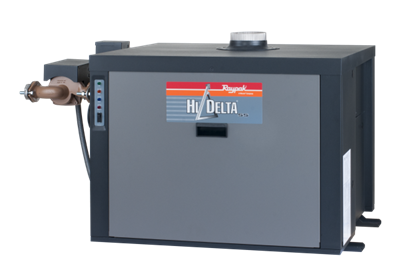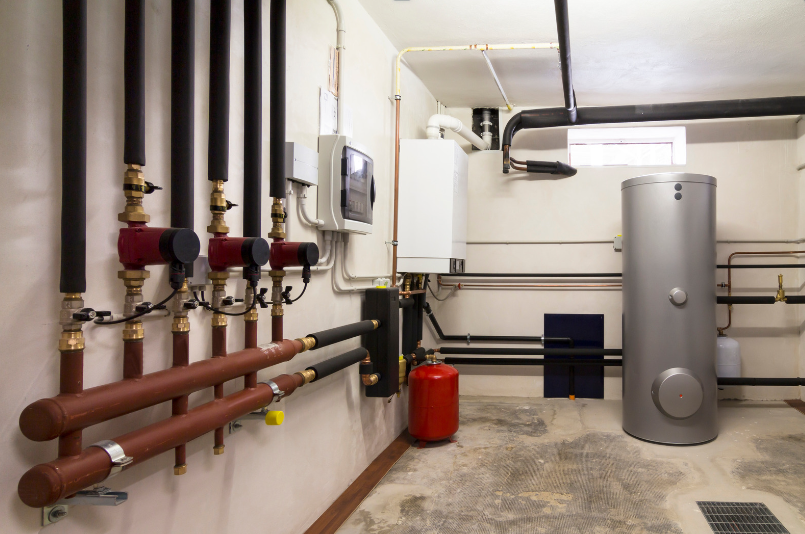 As the days get colder you might get a chance to see science in action. Mornings are getting colder this time of year. One morning soon on your way to work, you’ll be stopped at a light and see a plume of visible ‘smoke’ coming out of the exhaust pipes on the cars in front of you. Assuming those cars are all running correctly and not burning oil, that faint white smoke is actually water vapor from condensing combustion gases. Let this ‘smoke’ be a vision cue for you to remember to think about exhaust.
As the days get colder you might get a chance to see science in action. Mornings are getting colder this time of year. One morning soon on your way to work, you’ll be stopped at a light and see a plume of visible ‘smoke’ coming out of the exhaust pipes on the cars in front of you. Assuming those cars are all running correctly and not burning oil, that faint white smoke is actually water vapor from condensing combustion gases. Let this ‘smoke’ be a vision cue for you to remember to think about exhaust.
At cold start, the car’s exhaust venting is the same temperature as the outside air. When the engine first starts firing there’s a lot of metal that needs to be heated up to get everything running efficiently. As the hot exhaust travels down that cold path, the water vapor in the hot gas condenses. You may even see liquid dripping out of the exhaust pipe. That condensate isn’t just water. It’s liquid combustion byproducts. In colder climates exhaust components have been known to rot from the inside out. Yes, those components also rot from the ice melting salt mix that’s spread on all the roads during the cold months. Most auto manufacturers have switched to stainless steel exhaust components to address the condensate and improve durability. As the engine and components continue to warmup the visible vapor goes away. The car is operating under normal conditions.
How does this relate to hydronic systems?
All fuel-burning equipment needs to have the exhaust stream managed; condensing high efficiency equipment needs the exhaust and, specifically, the condensate managed. Condensing equipment gets its high efficiency by removing additional latent energy in the exhaust gas and putting it into the system fluid. That additional energy transfer comes out as condensate in the exhaust stream and it must be managed and designed for. The venting material chosen must be able to handle the acidic condensate. Code mandates that you properly neutralize the acidic condensate before dumping it down the drain.
Condensate isn’t the only concern with the combustion exhaust. The exhaust must be properly vented to get it away from the mechanical room and any occupied spaces. Just as you shouldn’t run your car in an enclosed space, you have to manage the exhaust appropriately.
The next cold morning you see smoke coming out of the car in front of you think about the high efficiency condensing equipment in your equipment room and how you’re handling the condensate and the exhaust gas.










Submit a Comment